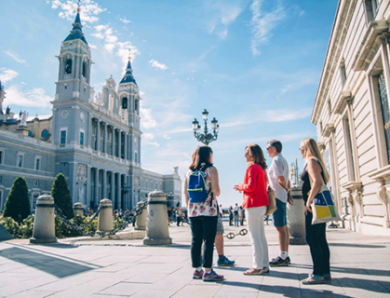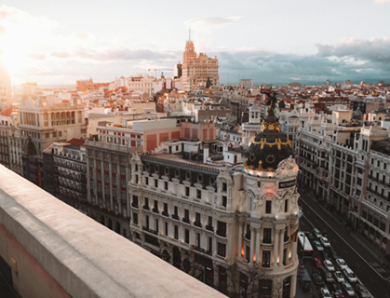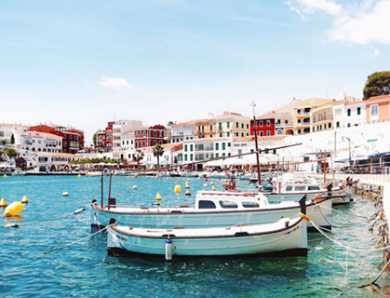
An Extremely Brief Urban History of Bandung
The town history dates from 1488 when the very first reference Bandung exists. But from archeological finds, we understand the city has been the home for Java Man, to Australopithecus. These people lived in northwest Bandung on the banks of Cikapundung and the beaches of Bandung’s Great Lake. Flint artifacts may still be found in the Upper Dago field along with the Geological Museum includes exhibits and fragments of skeletal remains and artifacts.
The Sundanese have been a pastoral people farming the fertile areas of Bandung. They created musical types and an oral tradition that comprises the Wayang Golek puppet theater that was practiced. “There’s a town named Bandung, consisting of 25 to 30 homes,” composed Juliaen de Silva in 1614.
The accomplishments of European adventurers to try their fortune in the prosperous Bandung area led finally to 1786 when a road was built linking Jakarta, Bogor, Cianjur, and Bandung. This flow was raised once in 1809. Louis Napoleon, the Netherlands ruler, arranged Governor-General H.W. Daendels to build defenses in Java. The vision was a chain of defense units along with a supply road between Batavia and Cirebon. However, this region was swamp and marsh, and it was simpler to construct the way south, round the Priangan highlands.
The Groote Postweg (Great Post Road) was built 11 kilometers north of the then capital of Bandung. With his standard terseness, the funds to be relocated into the road were ordered by Daendels. Bupati Wiranatakusumah II picked a site southwest of the way near a set of wells, supposedly protected by the goddess Nyi Kentring Manik, Sumur Bandung, on the western bank of this Cikapundung. On this site, he constructed his dalem (palace) and the Alun-alun (town square). Following traditional orientations, Masjid Agung (The Grand Mosque) was placed on the other hand and the public marketplace on the east. His dwelling and Pendopo (meeting location) were on the south confronting the mysterious mountain of Tangkuban Perahu.

Around the middle of the l9th Century, South American cinchona (quinine), Assam tea, and coffee were introduced into the mountains. By the century’s end, Priangan was registered as the plantation area of the province. The rail line maintained that a 2 1/2 hour trip from the blistering capital in Jakarta to Bandung, and connecting Bandung and Jakarta had been finished.
With this life transformed in Bandung, restaurants, resorts, shops sprouted up to function the planters that came down from there up or upward in the funds to frolic in Bandung. The Concordia Society was formed along the social magnet for both weekend activities in town. The Savoy Homann, along with the Preanger Hotel, were the hotels of choice. The Braga became the promenade, lined with European shops that were exclusive.
Ready to start your getaway to Bandung? Visit Wonderful Indonesia, and don’t miss out on the magic!




